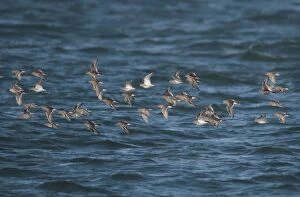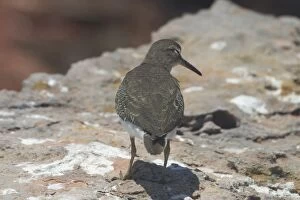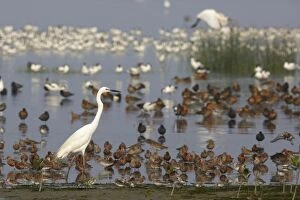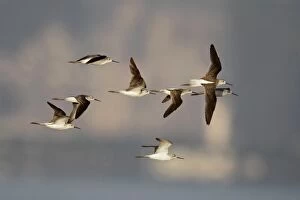Sandpipers Collection (page 5)
In the vast taiga-forest floor near the river Negustyah, a hidden gem awaits - the elusive Common Sandpiper
All Professionally Made to Order for Quick Shipping
In the vast taiga-forest floor near the river Negustyah, a hidden gem awaits - the elusive Common Sandpiper. Nestled on its cozy nest, this bird is a master of camouflage, making it difficult to spot amidst the Siberian wilderness. Found near Ugut settlement in the Uganskii Nat. Reserve, Russia, this species thrives during springtime. Meanwhile, Wood Sandpipers gracefully roam their habitats with elegance and poise. With their striking Tringa glareola plumage, they add a touch of beauty to any landscape they inhabit. At Balranald RSPB reserve in North Uist's Outer Hebrides, Redshanks take center stage as they vocalize their presence. Perched on fence posts or soaring through the air with melodic calls echoing across the reserve, these birds captivate both sight and sound. As dawn breaks over misty lochs in Scotland's breathtaking scenery, adult Common Sandpipers take flight and create an ethereal spectacle against nature's canvas. Liverpool Bay becomes a playground for Flocks of Knots as they soar above sea levels alongside majestic wind turbines. These Calidris canuta birds showcase harmony between wildlife and renewable energy sources. The Wash estuary comes alive when Flocks of Red Knots grace its waters during high tide. Their synchronized flight patterns mesmerize observers lucky enough to witness this natural phenomenon unfold before their eyes. Even in winter plumage, Common Redshanks remain resilient as they feed on mudflats along The Wash coastline. Their adaptability showcases nature's ability to thrive even under challenging conditions. From afar or up close like snapshots from Mars itself; every sighting of these magnificent creatures evokes wonderment and awe within us all. Knots and Grey Plovers find solace at high tide roosts where tranquility reigns supreme amid changing tides and shifting sands—a testament to nature's harmonious balance.



































